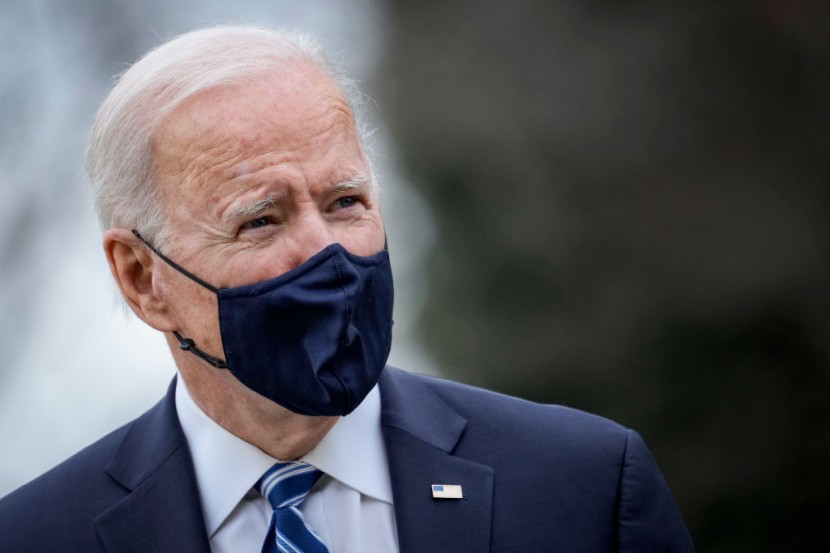
Mayors are used to balancing competing goals with limited public funds, including park improvements or employee pay raises. During a worldwide pandemic, the pressure became even tighter. Good thing, there is President Joe Biden's COVID relief bill.
How will cities spend their COVID relief funds?
However, a $350 billion release of federal COVID-19 relief funds currently making its way to city and state governments this week creates a new dilemma: how to spend a financial windfall. The Treasury Department has made available a historic amount of federal assistance to thousands of city and county councils just two months after President Joe Biden signed his American Rescue Plan into law.
Local governments are expected to gain more than $110 billion over the next two years, in addition to $125 billion for school reopenings. States will get another $195.3 billion. Tax revenue collections in cities plummeted a year ago when firms closed amid state-ordered lockdowns at the onset of the pandemic, as per USA Today.
Many cities have reduced the number of municipal employees and services. The financial assistance is intended to replace lost revenue, enabling mayors to employ cops and firefighters or restart capital programs halted.
Per theTreasury Department, although doomsday tax scenarios were not realized, the government has lost 1.3 million jobs since the outbreak began. Nonetheless, the financial conditions in towns and cities across the country differ.
Some mayors said difficulties persist, with unemployment remaining below last year's level and sales failing to keep up. For some, the crisis is nearly over.
The American Rescue Plan will assist cities in two stages, the first this year and the second in a year. Payments are due within days of a city's proposal being approved by the Treasury Department.
The funds must follow strict guidelines set out by the Treasury Department. Public health costs such as coronavirus prevention programs and hospital bills are eligible uses; resolving adverse economic effects, such as a drop in public sector jobs or small enterprises affected by the pandemic; restoring lost tax revenue; tackling poverty; and providing extra wages for critical workers are also eligible uses.
Local and state governments will also use the funds to invest in water and sewage systems, as well as telecommunications infrastructure. Cities cannot use funds to donate to pension funds, create reserves, pay debt service, or pay legal matters. More than 250 mayors joined a Zoom call organized by the United States Conference of Mayors this week, led by Louisville, Kentucky Mayor Greg Fischer, the group's president, to discuss how they could use Biden's COVID relief funds.
How much will each state receive in COVID relief funds?
On Monday, the Biden administration started distributing $350 billion to state and local governments from his $1.9 trillion COVID-19 relief bill, with $12.7 billion going to New York state alone and billions more going to cities and counties. The city of New York will receive $4.3 billion, NY Post reported.
The money, however, comes with conditions: the Treasury Department has a list of "eligible uses" that states and municipalities must follow. Officials stated that the funds would be used for public health, counteract the pandemic's damaging economic impact, replace missing public sector revenue, include overtime compensation for critical jobs, and finance sanitation, wastewater, and broadband internet programs.
It's not surprising that so much funding is going to New York's state government. It's in line with predictions made before President Biden's stimulus bill was approved by a Democratic vote with no Republican support in March. Any of New York's cities and counties will also receive cash. Albany will receive $80 million, and Buffalo will receive $331 million in addition to the $4.3 billion for the Big Apple. Additional support for the boroughs comes from a budget set aside for each county in the state, bringing the overall appropriation for New York City up to $6 billion.
California is expected to receive the most money, totaling $27 billion, followed by Texas, which will receive $15.8 billion. The official said the timing would encourage most states to incorporate the funds into their existing budgets. Besides, the administration heard many people frustrated by a lack of guidance on the money they got in a separate assistance package last year.
As part of the $2 trillion coronavirus relief program enacted by Congress in March, the federal government plans to distribute $350 billion to states and local governments. More than $153 billion will go to helping states fix up their budgets after the pandemic and promote new measures to help citizens recover.
Counties would receive $65.1 billion, cities $45.6 billion, tribal governments $20 billion, territories $4.5 billion, and non-entitlement divisions in local government $19.5 billion. A senior administration official told Newsweek that the administration has spoken with governors and mayors about using the funds and that a case-by-case analysis will be allowed. "This is a significant sum of money. We've done a lot of outreach," the official explained.
State funding is focused in part on unemployment. Several traditionally Republican strongholds are among the top beneficiaries, even though none of the GOP lawmakers who voted for the stimulus bill called the money for states a "blue state bailout."
@YouTube








